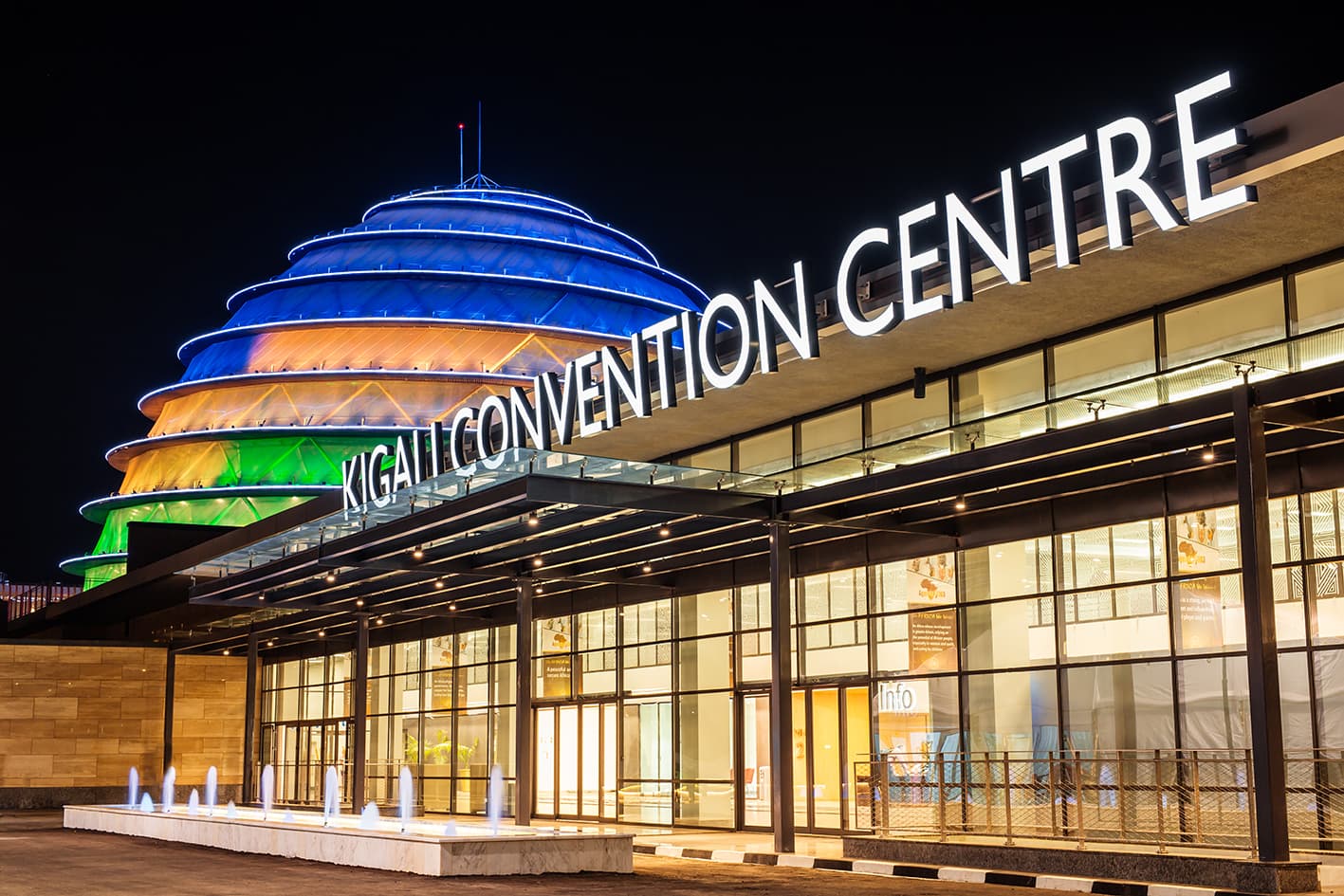The visa, that small sticker or stamp in our passports represents one of the most significant barriers to global mobility. Yet across the world, nations are increasingly dismantling these bureaucratic walls, embracing visa-free travel policies that promise economic prosperity but deliver complex consequences. As we navigate through 2025, the global movement towards visa liberalisation has reached a critical juncture, demanding a frank assessment of what we’ve gained and what we’ve lost.
The Economic Dividend
Rwanda’s visa-free policy represents the most ambitious continental experiment in travel liberalisation. The country offers visa-free access to all Africans, creating a laboratory for understanding how radical openness affects tourism economics. The results have been extraordinary: tourism revenue rose by 36 percent from $445 million in 2022 to reach $620 million in 2023, whilst hosting more than 1.4 million visitors.
The Rwandan approach differs fundamentally from other models. Rather than selective bilateral agreements, Kigali has embraced wholesale continental integration. In 2024, Rwanda’s Travel & Tourism sector contributed a record breaking 1.9 Trillion Rwf to the economy, representing 9.8% of the total economy and 17.7% above the previous peak in 2019. This growth trajectory positions Rwanda as one of Africa’s tourism leaders, driving unprecedented growth across the continent.
The policy’s success stems from Rwanda’s recognition that visa barriers disproportionately affect intra-African travel. By eliminating these obstacles, Rwanda has captured significant market share from regional business travel, conference tourism, and leisure visitors who previously faced bureaucratic hurdles. Travel & Tourism in Rwanda is poised for another year of robust growth, with WTTC forecasting a 13% year on year increase in economic contribution to reach 2.1 Trillion Rwf in 2025.
The mathematics of visa-free travel are compelling. When Dubai exempted 13 European countries from visa requirements in March 2014, the move contributed to a 2.8% increase in European visitors, bringing 2.9 million tourists to the emirate. This wasn’t merely correlation it was causation in action, demonstrating how administrative barriers directly suppress tourism demand.
The economic logic is straightforward: eliminate friction, increase flow. Visa applications deter casual travellers, particularly those making spontaneous or short-duration trips. The psychological barrier of paperwork, processing fees, and uncertainty often outweighs the appeal of the destination itself. When Singapore allows passport holders to stay visa-free for up to 90 days in the UAE within a 180-day period, it’s not just facilitating tourism, it’s enabling business relationships, cultural exchange, and economic integration.
China’s recent visa-free initiatives offer a masterclass in strategic tourism policy. Nationals from Kazakhstan, the Philippines, Thailand, Indonesia, and Malaysia can enter without a visa, with a stay limit of 30 days. This isn’t wholesale liberalization, it’s calculated engagement with specific markets that offer maximum tourism potential whilst minimising security risks.
The Chinese approach reveals the sophistication required for successful visa-free policies. Rather than blanket exemptions, Beijing has crafted targeted agreements that reflect bilateral relationships, tourism potential, and security considerations. The 30-day limit prevents long-term residence whilst encouraging genuine tourism. The geographical focus on Southeast Asia leverages existing cultural and economic ties whilst building new ones.
This selective approach has yielded impressive results. Studies evaluating visa-free policies’ effects on attracting foreign tourists demonstrate positive impacts, but China’s experience suggests that strategic implementation matters as much as the policy itself.
Beyond Economics
The most profound impacts of visa-free policies often transcend economic calculations. When ordinary citizens can travel freely, they form personal connections that reshape their understanding of the world. These human connections create constituencies for peace, understanding, and cooperation that extend far beyond tourism statistics. Yet visa-free travel can also exacerbate inequalities. Citizens of powerful nations enjoy greater travel freedom, whilst those from less developed countries face continued restrictions. This creates a hierarchy of global mobility that reinforces existing power structures and limits the transformative potential of travel.
Yet visa-free policies create a fundamental security paradox. Traditional visa systems serve as pre-screening mechanisms, allowing destination countries to vet visitors before arrival. Remove this checkpoint, and you must rely on alternative security measures, enhanced border controls, sophisticated intelligence sharing, and robust deportation procedures.
The challenge becomes particularly acute when considering the diversity of global security standards. A visa-free agreement assumes that partner nations maintain comparable security protocols, accurate databases, and effective border management. This assumption proves problematic when dealing with countries possessing varying levels of institutional capacity or political stability.
Visa-free policies can become victims of their own success. Increased visitor numbers strain infrastructure, from airport capacity to accommodation availability. Destinations must invest heavily in tourism infrastructure to capitalise on visa-free policies, creating a chicken-and-egg scenario where the policy’s success depends on investments that may not materialise until success is demonstrated.
The phenomenon of overtourism where visitor numbers exceed a destination’s carrying capacity has become increasingly associated with visa-free policies. Popular destinations find themselves struggling to manage the influx of visitors they actively encouraged through visa liberalisation.
The Verdict
Visa-free policies represent neither panacea nor peril, they’re policy tools that require sophisticated implementation and continuous management. The benefits are real: increased tourism revenues, enhanced diplomatic relationships, and greater human mobility. The risks are equally tangible: security vulnerabilities, infrastructure strain, and unintended consequences.
The key lies in recognising that visa-free policies are not binary choices but complex instruments requiring careful calibration. Success depends on understanding destination capacity, partner country reliability, and the broader geopolitical context. The most effective approaches combine strategic selectivity with robust management systems.
As we advance through 2025, the global trend towards visa liberalisation will continue, driven by economic incentives and technological capabilities. The nations that prosper will be those that view visa-free policies not as simple border eliminations but as sophisticated tools for managing global mobility in an interconnected world.
The passport may be losing its power as a travel document, but its role as a symbol of national sovereignty and individual identity remains intact. The challenge for policymakers is ensuring that as we tear down bureaucratic barriers, we don’t compromise the security and sustainability that make travel meaningful in the first place.



